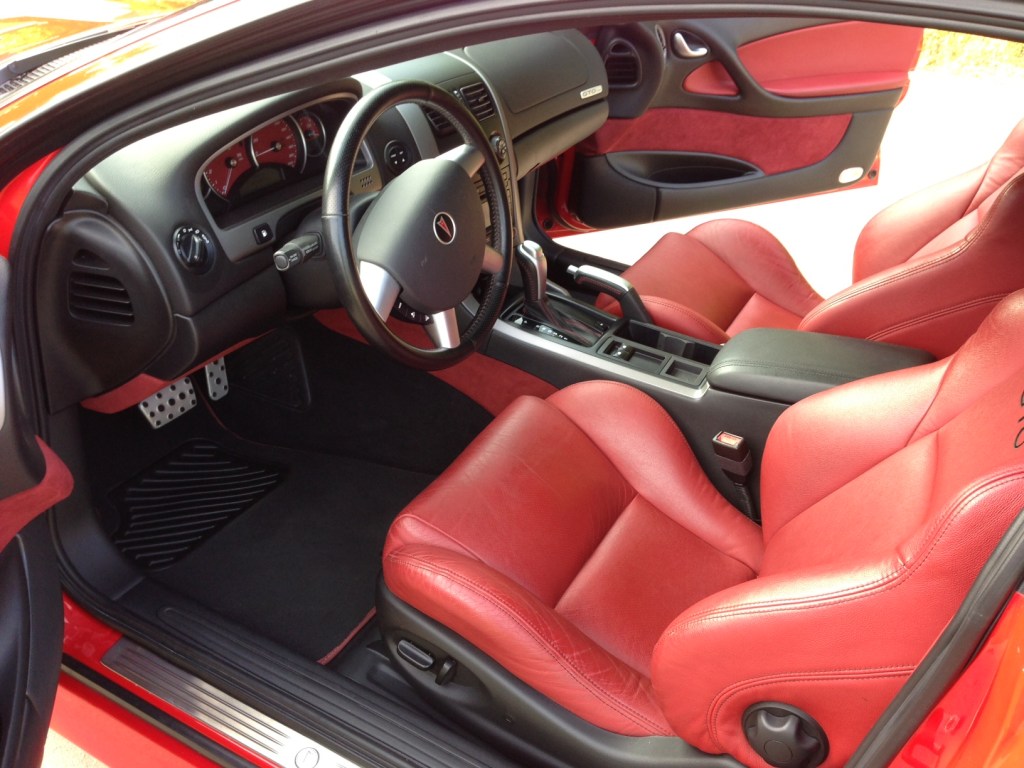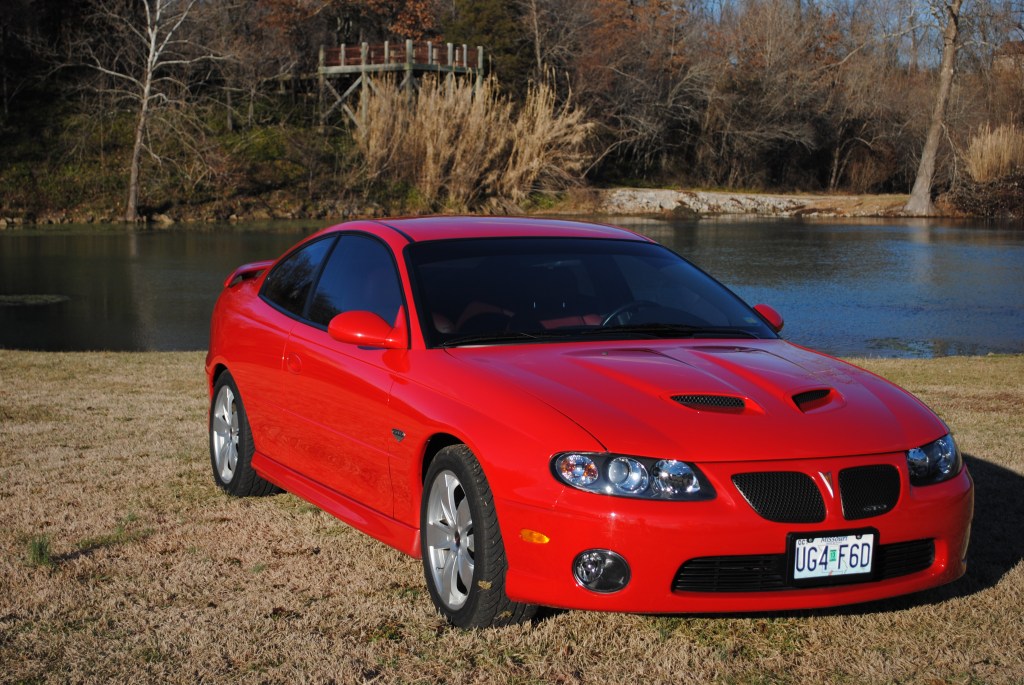
The Pontiac GTO Was an Australian Anomaly
By the time the Pontiac GTO arrived stateside in 2004, the Holden Monaro was already a long-standing legend from the land down under.
Though Pontiac’s tribal arrowhead badge replaced the Holden lion, the GTO remained largely unchanged from the popular Monaro. The two cars shared the same world-class chassis and upscale interior styling that were light years removed from General Motors’ performance car offerings in the past.
Rather than introduce its Holden brand to the U.S. market, GM believed the car would be better received as the new range-topping halo model from Pontiac. Perhaps the sports car would be the jolt GM’s “excitement division” needed to correct course. Consequently, three of the most feared letters in muscle car history were resurrected after a 30-year hiatus, and the GTO was reborn.
Australian Roots

The GTO, like the Monaro, was manufactured by GM’s Holden division in Adelaide, Australia. The Monaro had been wildly popular in Australia since its inception in 2001, largely due to its 350-horsepower Chevrolet small-block LS1 V8 engine.
When the GTO made its voyage across the Pacific three years later, the car remained largely true to its original design. In addition to swapping emblems, the most notable visual change was Pontiac’s trademark split twin grilles replacing the Monaro’s one-piece construction.
With all of the excitement surrounding the re-release of such an iconic model, one could imagine a line of rabid muscle car enthusiasts beating down the doors of their Pontiac dealerships for a test drive. But that wasn’t necessarily the case.
Like the 2019 GMC Syclone and Cutlass Calais 442 we reviewed earlier, it’s often hard to live up to the sky-high expectations consumers have when a historic moniker is resurrected. Of course, it isn’t the manufacturer’s intentions to tarnish the legacy of such revered models, but consumers have to be open to change in design and execution.
This is the primary reason why the GTO was passively dismissed by prospective shoppers fueled by nostalgia. Too many infamous GTO styling cues were absent. Where were the hood scoops, dual exhaust pipes, and stacked headlights? Instead, they were given a fleet car look-alike that could hardly be distinguished from the sea of mundane at a Hertz rental parking lot.
While the GTO’s minimalistic approach and smooth lines were lauded in Australia, American consumers didn’t want a sleeper. They wanted a neck-craning, in-your-face sports car that would be the envy of the town. That’s a lot to ask for a $33,000 MSRP, but it doesn’t hurt to dream, right?
A Wolf in Sheep’s Clothing

Regardless of the consensus over the car’s styling, nobody could complain about the GTO’s driving dynamics. With a roaring Corvette engine, an optional Tremec 6-speed manual transmission and an independent rear suspension, the GTO was an ideal blend of old-school muscle with modern refinement. Compared to the LS-powered F-Body Trans Am and Camaro that had ended production just two years earlier in 2002, the GTO was simply a revelation.
An exotic color-coded interior with aggressively bolstered sport seats and suede trim detailing gave owners the impression of a high-end luxury sports car. The doors opened and closed with the precision of a BMW, and the embarrassing plastic rattles and wind noise of the F-Body platform was now a welcomed silence. The GTO’s bank vault solidity and deft handling were characteristic of the German competition, and previously foreign to GM buyers in this segment.
A more aggressive hood with twin scoops and dual exhaust ports were added for the 2005 model year in response to criticism of the car’s lackluster styling. But the bad taste remained, and even the 400-horsepower LS2 engine capable of sub-5.0-second zero to 60 mph sprints wasn’t enough to salvage its reputation. The GTO was discontinued after the 2006 model year, and the Pontiac brand followed suit a few short years later. The Australian-sourced GTO will likely never be revered and cherished like its A-Body predecessor from the 1960s. Perhaps the GTO was ahead of its time and would be more accepted today in an era where classics like the Mustang, Camaro, and Corvette stray farther away from their original designs. Its lack of recognition aside, GTO was a remarkably well-rounded performance car for its era that was, unfortunately, victim to preconceived opinions from a stubborn clientele.


